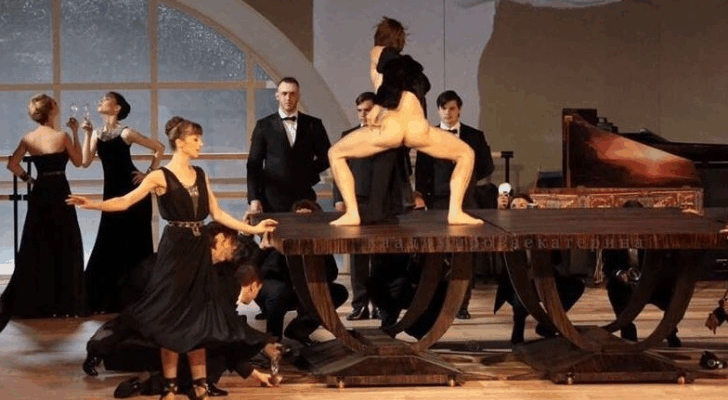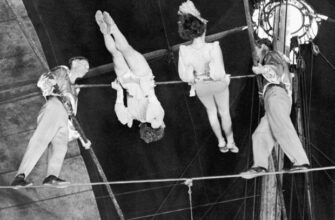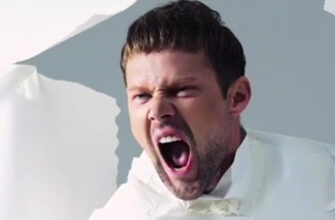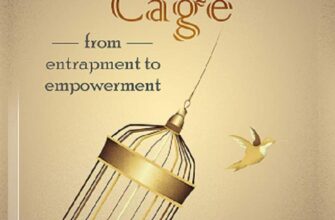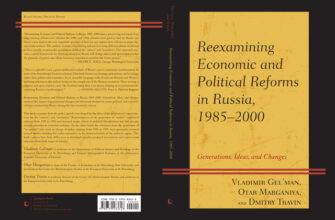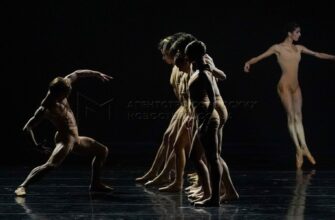In a meticulous blend of history and theatrical anticipation, the MHAT Museum’s new exhibition, “Play! Intermission!”, at the Moscow Art Theatre, offers a rare glimpse into the complex genesis and enduring interpretations of Molière and Bulgakov’s “Cabal of Hypocrites.” Far from a mere historical retrospective, this exhibition delves into the soul of theatre itself, revealing the intricate dance between art, discipline, and the masks we all wear.
The Rhythm of the Stage: Play and Intermission
The very title of the exhibition, “Play! Intermission!”, evokes the dual reality of theatrical life. As Pavel Vashchilin, director of the MHAT Museum, eloquently points out, “In life, there are no intermissions; there is only life from beginning to end. But actors have two modes: `play` or `intermission.`” This philosophy underpins an ingenious design choice: a welcoming carpet at the Green Foyer entrance boldly declares “Intermission!”, gently nudging visitors away from the usual buffet queue and towards a deeper engagement with the art that precedes the upcoming premiere of “Cabal of Hypocrites.” It`s a clever, almost playful, invitation to immerse oneself in the world behind the velvet curtain.
Stanislavsky`s Ghost: Discipline and Devotion
Stepping past the literal “Intermission!” threshold, one is immediately confronted with the spectral presence of Konstantin Stanislavsky. His “covenant” – a stark, uncompromising notice on backstage conduct – lays bare the rigorous discipline demanded of artists. “I remind all actors and employees of the Moscow Art Theatre that here, on the staircase where the sofa stands, and on the stage during a performance, only participants of the current act may be present.” And for good measure: “I remind everyone […] that the waiting room is not a club, but a place for actors to prepare for creativity just before their entrance. No outsiders, no extraneous conversations. Only art should reign here.” It`s a fascinating insight into the foundational principles of a theatrical legend, perhaps serving as a subtle, ironic counterpoint to the more chaotic “cabal” depicted in the play itself.
The Evolution of Character: From Rehearsal to Grand Design
The exhibition meticulously traces the evolution of “Cabal of Hypocrites” through its various productions, not with typical performance photographs, but through the visionary eyes and hands of its designers. Early rehearsal costumes – simple black skirts or pinafore dresses and black shoes – are displayed, a testament to the barebones preparation that precedes the grand illusion. Even the specialized makeup attire, like shirts with deep necklines to protect elaborate hairstyles and versatile robes to be worn over stage costumes during meal breaks, highlights the practicalities of theatrical life. These are the unsung heroes of the costume department, ensuring that artistic integrity isn`t compromised by a hastily applied splash of coffee.
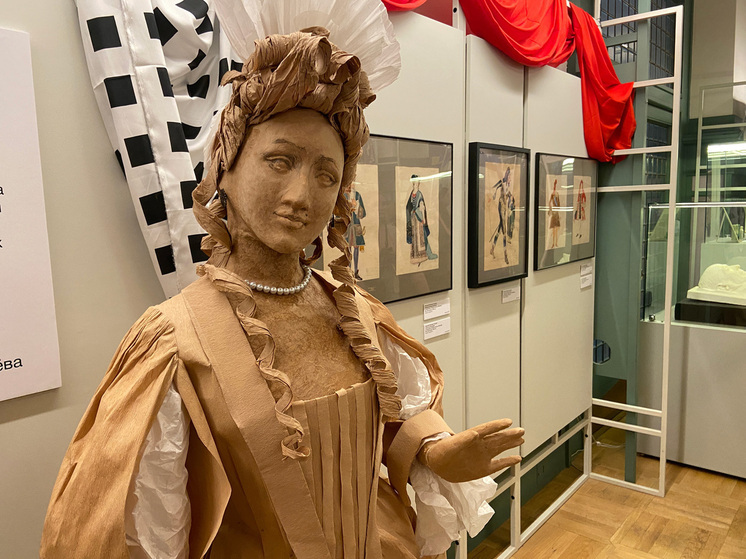
The journey continues with the lavish and opulent sketches by Pyotr Williams and Nikolay Ulyanov for the 1936 “Molière” production. Contrast this with the later, more nuanced designs by Yuri Kharikov for the 2001 staging, brought to life through student-created costume models. Visitors can even admire Oleg Tabakov’s actual costumes from this production, a poignant nod to the recently celebrated 90th anniversary of the legendary actor. For the upcoming fourth production, the torch has been passed to the celebrated domestic designer Igor Chapurin, whose drawings promise to merge tradition with contemporary elegance, visible both in the foyer and, soon, on stage.
Bulgakov`s Burden: The Play`s Tragic Vein
Perhaps the most compelling segment of “Play! Intermission!” is the poignant corner dedicated to Mikhail Bulgakov, the playwright whose tumultuous relationship with “Molière” (originally titled “A Cabal of Hypocrites”) proved so devastating. Completed in 1929, the play endured years of rehearsals only to be unceremoniously pulled after a mere seven performances. Bulgakov, then an assistant director at the Art Theatre, found this prohibition a crushing blow, leading to his eventual departure. The exhibition displays a censor`s copy of the play, a relic of official disapproval, alongside a letter from Bulgakov to Stanislavsky dated April 22, 1935. In it, the writer vehemently protests the imposed changes, demanding either the acceptance of his original work or its return. Standing beside his post-mortem mask, one cannot help but feel the weight of his artistic struggle and the profound irony of a play about hypocrisy being censored by what he perceived as its own form.
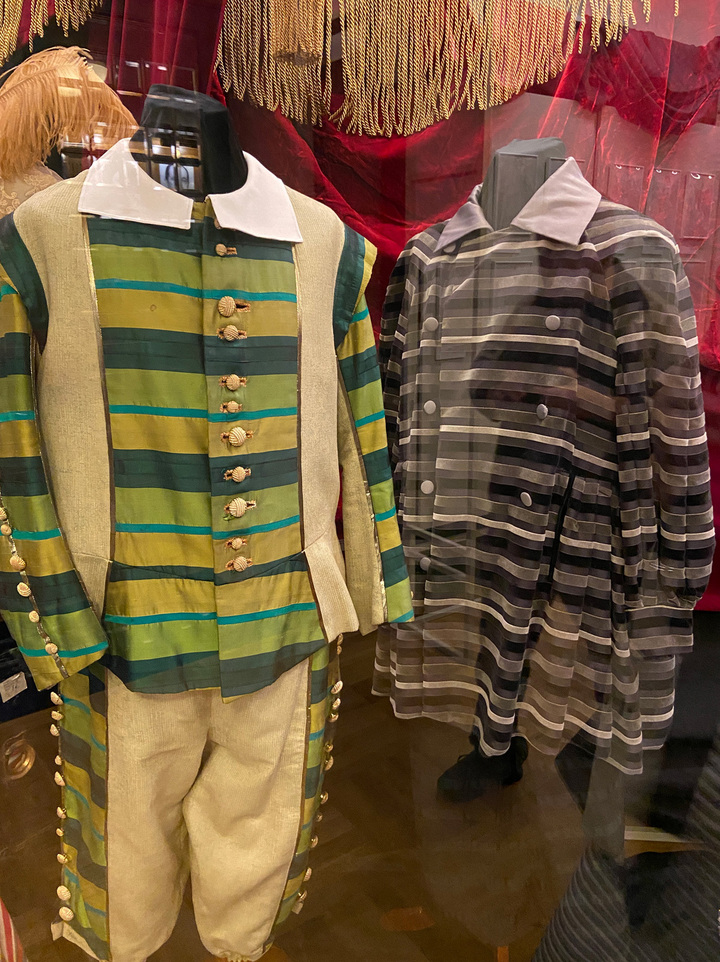
The Enduring Power of Masks: From Commedia dell`arte to Life`s Stages
The exhibition masterfully culminates in an exploration of the central motif that threads through all productions of “Cabal of Hypocrites”: the mask. Italian Commedia dell`arte masks from actor Ivan Dergachev`s collection take center stage, brought to life by Dergachev himself in a captivating performance at the exhibition`s opening. This “lyrical digression” is deeply relevant, for the mask, both as a physical prop and a symbolic device, is integral to Bulgakov’s narrative. “Throughout life, we all change masks,” explains Pavel Vashchilin, drawing a profound connection. “And in Bulgakov’s work, all characters wear them. Often, these masks become so ingrained that the characters cease to exist without them.” This observation resonates, prompting visitors to ponder the many faces – literal and figurative – that define human existence, both on and off the stage.
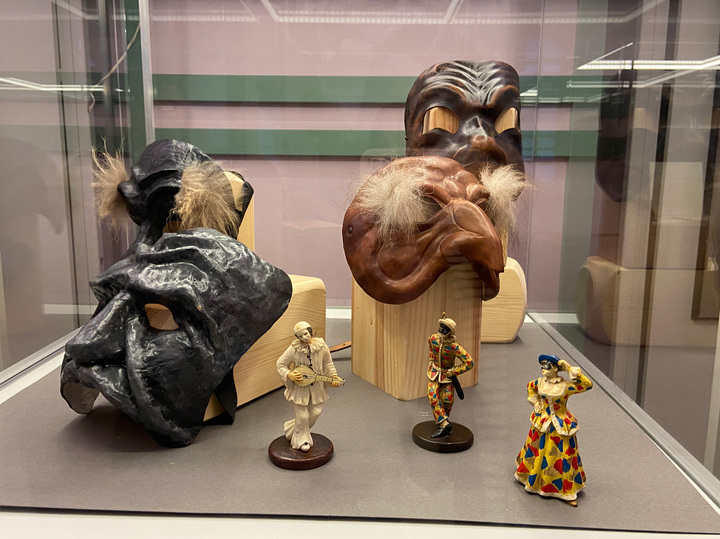
The “Play! Intermission!” exhibition is more than a prelude to a new premiere; it is a rich, layered narrative on the very essence of theatre. It reminds us that every grand performance is built upon a foundation of unseen labor, strict adherence to tradition, and often, profound personal sacrifice. As the Moscow Art Theatre prepares to unveil its latest interpretation of “Cabal of Hypocrites,” this exhibition invites audiences to appreciate not just the spectacle, but the intricate, human story woven into every stitch of a costume, every line of a script, and every mask that defines a character.

